The bus industry has come up with some of the craziest inventions the world has ever seen.
There’s no doubt about it. It’s an industry leading the way in vehicle design and innovation, but wow, the bus industry has come up with some absolute clangers over the years.
We set out to catalogue some of the craziest, funniest and downright dumbest inventions seen on buses through the ages – ably assisted by you! Here’s 5 which topped our wall of shame.
5. Buses that run on rails
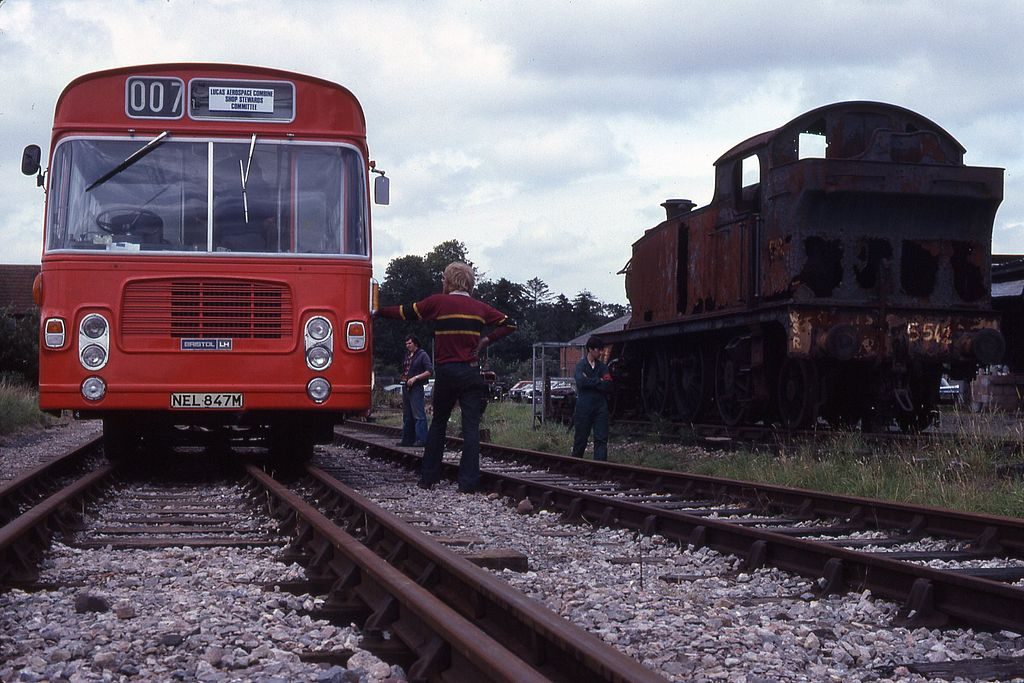
Well, this one is debatable.
You see, Pacers, which are really just rail-faring Leyland National buses, have sadly blighted pretty much every single Northern town and city since the beginning of the 1980s. Incredibly, Pacers are still found in huge numbers on Britain’s railways even today, though it certainly looks like their days might be numbered. They’re cheap, reliable, and well…that’s about it, really.
But before Pacers came this – an actual bus which could run on rails.
A Hants & Dorset Bristol LH was fitted with metal flanged wheels by Lucas Aerospace in the late 1970s, which allowed it to run on rails. It ran on the West Somerset Railway in testing for a while before somebody, in a moment of complete sanity, cancelled the project before the bus could make it into the mainstream.
LMS tried the same thing earlier, too, with their Ro-Railer in 1932 (thanks to Daniel Wright on Twitter for pointing this out!).
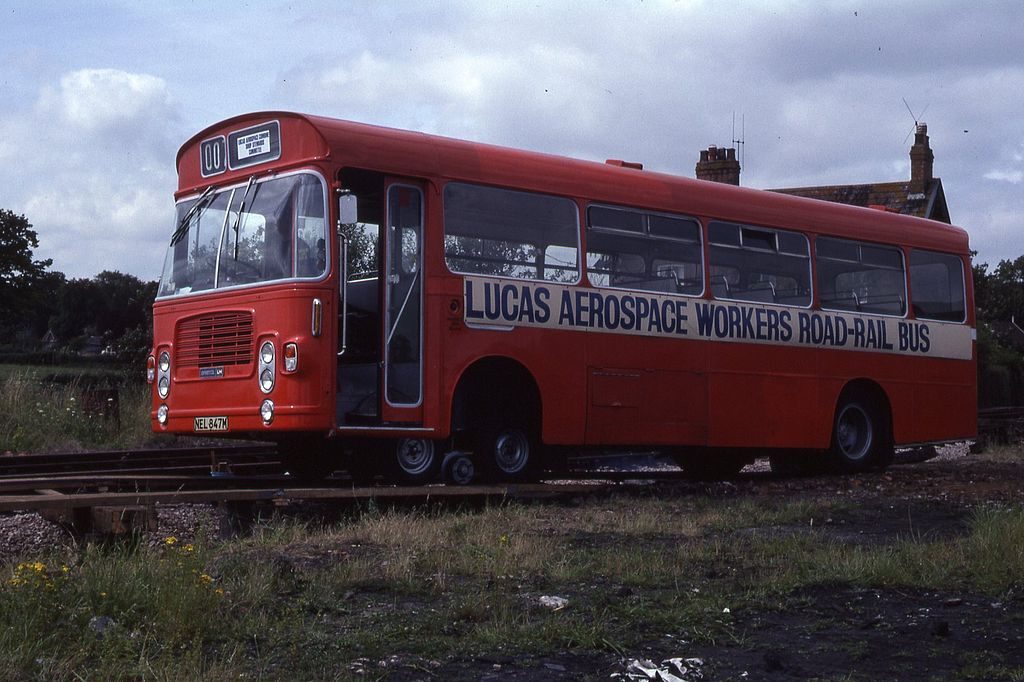
4. Tram-style cockpits
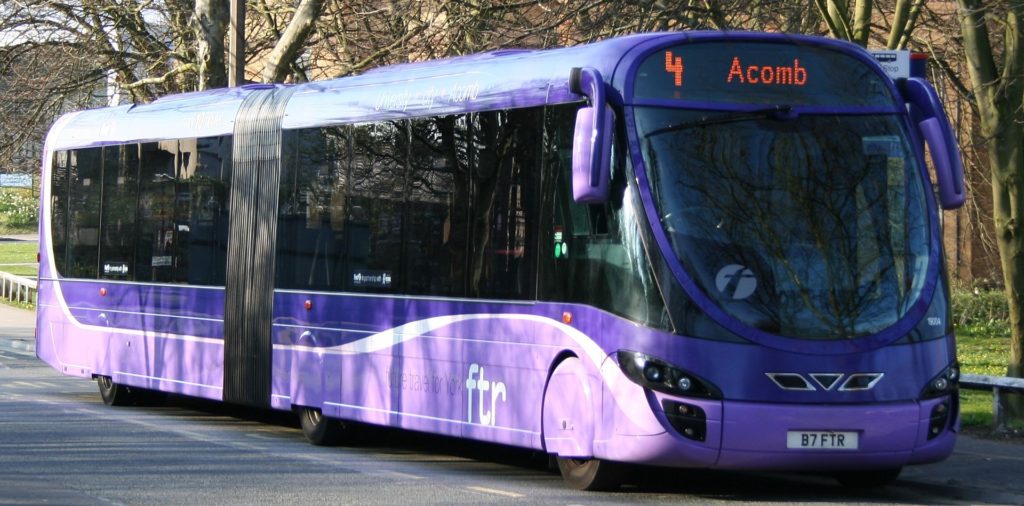
First bestowed their ill-fated ftr concept on the world (or rather, York) in 2006. Based on Volvo’s articulated B7LA chassis, 39 Wright Streetcars were built for the UK in total.
With little support (and some outright hatred) from councils and local authorities, unwieldy and expensive bespoke parts and badly-implemented ticketing systems, ftr looked doomed from the outset. Quickly booted out of York, the fleet wreaked a path of destruction on cities around the UK before finally being consigned to the scrapyard in 2016.
But by far the daftest thing about ftr had to be those ridiculous driving cabs.
Drivers were separated from their customers by way of a solid black glass interior partition, creating a distinctly ‘European tram’ essence on board. Quite what the thinking behind this was, we’ll never know, because it necessitated the return of onboard conductors for ticketing and general customer service – doubling the staffing costs for each bus in the process and plunging operations back into the ‘halfcab generation’.
In the end, conductors proved too expensive and simply disappeared, along with thousands of pounds in revenue and the buses themselves, just 10 years later.
3. Plug doors
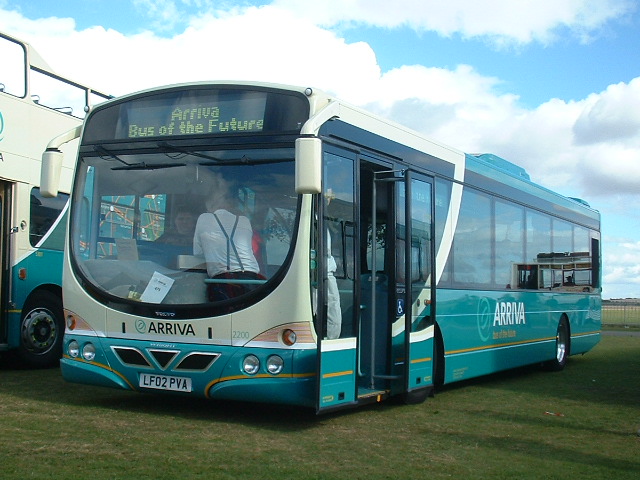
Arriva launched their Bus of the Future in 2002, and by all accounts, it was a success!
Featuring air conditioning, luggage racks, coach-style 2+1 seating and more, Arriva aimed to showcase what they thought buses could be with their pimped-up Volvo B7L. Many of those features have made it into the mainstream bus of today, but one feature of the Bus of the Future which didn’t catch on were those ridiculous plug doors.
The problem with plug doors at the front of a bus is that they tend to hit things. Raised Kassel kerbs. Bus stop poles. Shelters. People. That sort of thing.
This particular bus is still in existence, now with it’s plug doors (and giant ‘rabbit ear’ mirrors) sensibly replaced.
2. ‘Easy Flow’
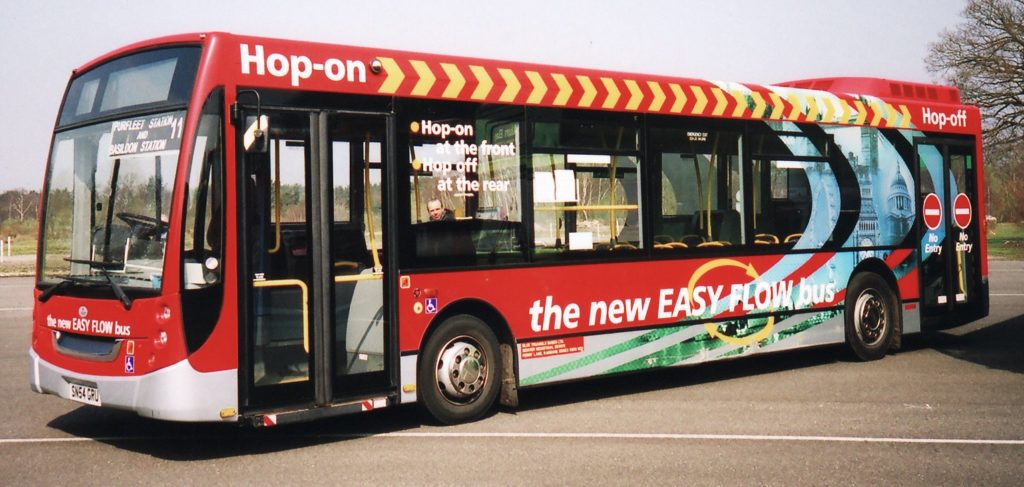
If there’s a problem with having plug doors at the front of a bus, it’s nothing compared with having them protruding awkwardly from the rear of one.
TransBus International, as they were known back in 2004, created their prototype Enviro200 as the intended replacement for their best-selling Dart. The Enviro200 pioneered a full-length flat floor with doors at either end – with the aim being that customers would board at the front, and walk to the back of the bus to get off.
No problem with this, in theory – the same system has been in use on buses on the Continent for generations.
One problem with building buses for the UK market is that inevitably, manufacturers have to focus on building buses for London, since London is their biggest market. Initially, Transport for London were supportive of the new concept, even going as far as trialling the prototypes on a number of routes with London United and Stagecoach, amongst others.
The original Enviro200 came at a time when TfL were hell-bent on introducing their articulated ‘bendybuses’ to the streets of the capital, and eventually they withdrew their support for the project. It sounded the death-knell for Easy Flow and the original iteration of the Enviro200.
1. A trailer full of batteries
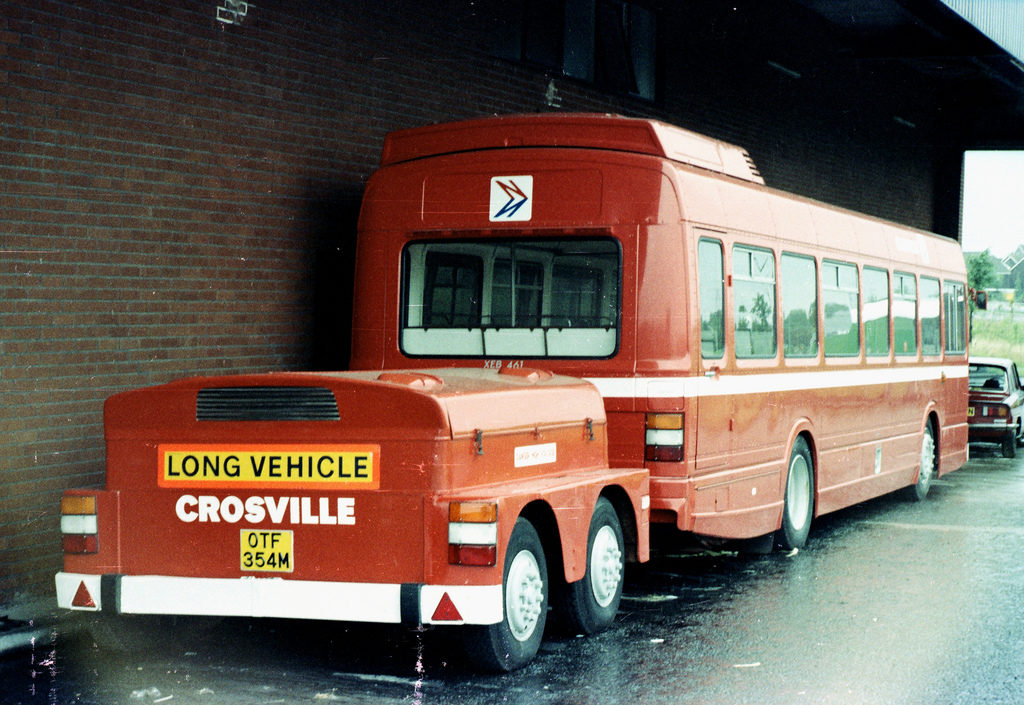
Topping our list of outrageously daft inventions by a country mile is this battery-powered Leyland National of the late 1970s, suggested by Paul the Cyclist on Twitter.
Ribble’s engineers created their pioneering battery bus (with support from National Bus Company headquarters) by ripping out the original Leyland diesel engine from one of their Nationals, and replacing it with a trailer full of heavy duty Bosch batteries. In fact, the batteries were so heavy duty, they were heavier than the bus itself – and the trailer couldn’t be detached, meaning the bus was permanently coupled to its crippling deadweight.
Once Ribble had realised what they’d done, they quickly shipped OTF 354M off to Crosville, where it ran on the closed-loop Runcorn Busway, one of the few places it could actually run due to its length and general lack of manoeuvrability.
We’re sure there’s more…
Can you think of any dafter ideas than the ones we’ve pulled together here? Tell us in the comments below, or drop us a tweet @transportdsn.
Image credits: Steven Hughes and Clive A Brown on Flickr, Wikimedia Commons

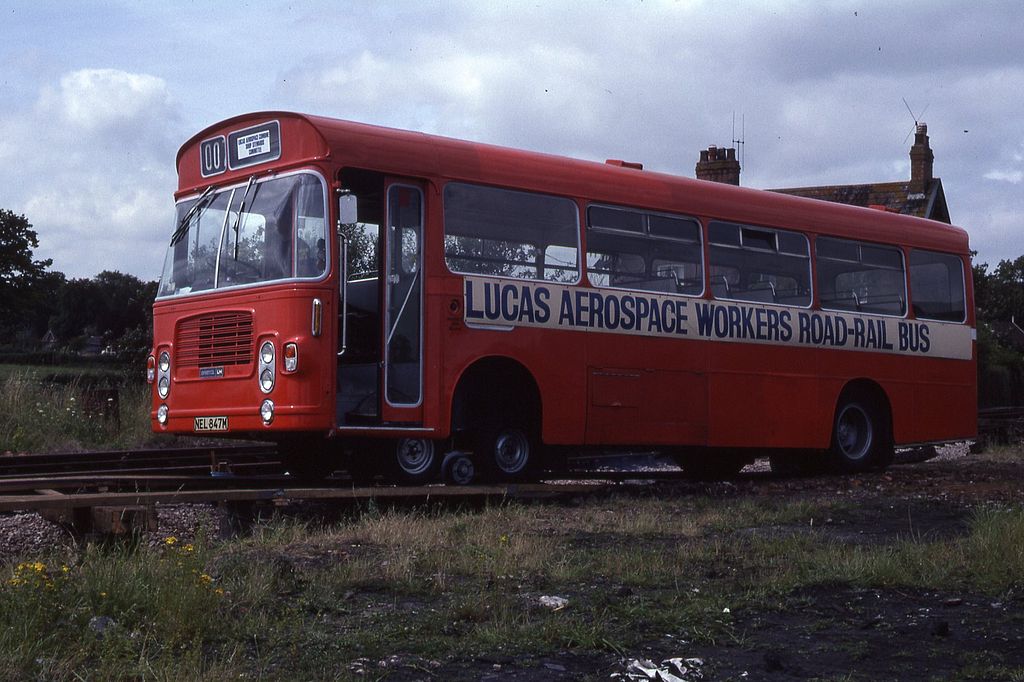


7 Responses
History repeats itself: Belfast’s new Gliders are very similar in concept to the FTR, and the second picture in this link shows the cab arrangements reasonably well
https://www.transportfocus.org.uk/news-events-media/blog/new-glider-bus-service-takes-off-belfast-work/
As for glider doors, standard fare on all centre exits on London buses, as well as many of the current crop of low floor minibuses (and yes, they hit kerbs with some regularity).
And the trailer full of batteries? Well, not quite, but the double deck BYD battery buses in London devote much of the lower deck to battery capacity, at the expense of passengers – just 17 seats downstairs.
er ……… the Boris Bus ……………??
The Lucas bus was based & tested on the west Somerset railway.
Nothing to do with Lucas industries.
It was devised by a couple of Lucas shop stewards & some momentum type left wingers from London who felt the workers should be building useful things & not weapons.
Quite a good Idea & the bus was too.
London itv covered it, so there are moving pictures around.
The trouble was it was done on a shoe string.
When you are trying to persuade the big railway boys to take it over you need loads of cash & enormous charm.
Wow. Nic images overall. Great post on the bus industry.
Do British buses only count ? What about the Chinese Straddling Bus ?
Railbuses like the Pacers have been/are used in other countries outside the UK.
The Chinese Straddling Bus is not a bus, it’s a joke
The “easy flow” type of door arrangement is very common in India, especially Mumbai where literally every bus (except the new EV’s and minibuses) have that type of door arrangement. Boarding is from the rear and alighting is from the front, which streamlines passenger movement inside the bus.